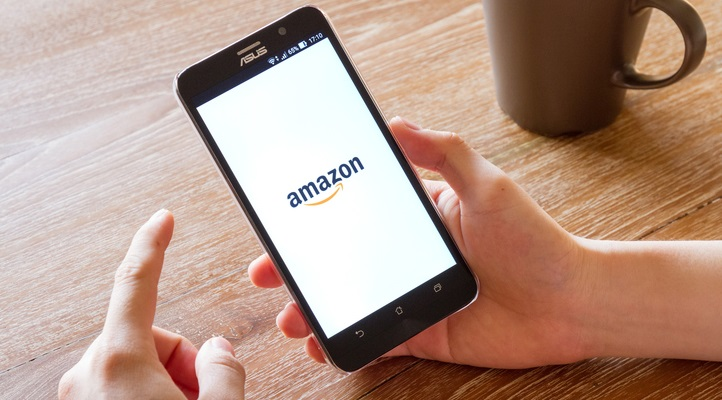Chances are if you’ve ever had to fix something, tape boxes or paint a wall, you’ve used a tape product manufactured by Shurtape Technologies. ShurTech Brands, LLC, markets DIY products, and office consumer products under several brand names (like Duck Tape, and FrogTape, to name a few.
Shurtape services numerous markets, including industrial, packaging, HVAC, professional paint, auto, marine, aerospace, arts and entertainment, and retail. More recently, the company has gained a loyal following among teens who use its colored duct tape to make a fashion statement with fans online.
DMN sat down with Scott Sommers, director of e-commerce strategy at ShurTech Brands, LLC, to chat about the company’s recent success optimizing its product listings on Amazon.
DMN: What role does Amazon play in your overall marketing strategy?
Sommers: Amazon is an important partner in our overall marketing strategy, and an area we are focused on growing online sales. Other key partners include existing omnichannel customers in home center, mass, and other key channels. As we looked to optimize sales performance of our brands on the digital shelf, we chose to begin with Amazon because of its significant market share, ability to drive online sales, and the fact that consumers are using their site as a product information resource which also supports in store sales.
What were some of the biggest challenges you faced when it came to product listing optimization?
For a long time at ShurTech, product content meant different things to everyone, and there was no standard for what words we used across product lines. Every business unit had dozens of spreadsheets containing inconsistent structure and requirements for product information, with no strong singular repository to store content for the range of products. There was no clear process for developing, approving and sharing unified, on-brand content across business divisions spread across the country – and the world – or with our retail partners.
DMN: Why does product optimization matter for marketers who want to get ahead on Amazon?
Sommers: Amazon and other online retailers are changing their product listing requirements weekly, daily, or sometimes even hourly, which means a product listing can quickly become incomplete and slip in search rankings.
Search trends are also dynamic, so a listing that is optimized for search on Amazon may no longer be a day later. Ensuring that product content is continuously updated to reflect current search trends and Amazon listing requirements is critical to remaining competitive and getting sales on the marketplace.
DMN: How did you use AI to improve your strategy?
Sommers: In 2015, we chose the Salsify Product Experience Management platform to help our team manage product information and content, and deliver that content to our brand websites, retailer partners, and leverage it for sales enablement. The technology streamlined the creation, approval and syndication of retail content, allowing a more consistent consumer experience across our retail partner platforms.
After tackling syndication, we wanted to take control of the next critical aspect of owning the digital shelf: continual optimization of published products across channels so that we could increase sales revenue. For example, it would take our eCommerce content manager, Kelsey Slater, eight hours (or a full work day) to review our top 100 products for incorrect information on Amazon.
Focusing on only 14 percent of our catalog was not providing us with the opportunity to optimize. That meant we were missing opportunities to improve performance on the other 86 percent of our products. Salsify applies machine learning to data across more than 30 million products with deep retailer-specific insights. We received actionable reports on each product listing, highlighting specific opportunities for improvement in SEO ranking, product page performance, and brand compliance. It also pinpointed the roughly 70 products that needed to be optimized, with specific actions that could be taken to drive improvement (increase image count, bullet adjustments, language to be added for SEO, etc.). Our team took action and focused on taking the recommended steps to improve target product pages from C and D grades on the scorecard to A and B grades.
Within four months, our Amazon sales rank improved by an average of 15 percent across those same products. There were 96 percent more Grade A’s, a 60 percent decrease in Grade B’s, and no F or D grades.
DMN: Outside of product optimization, any other tips for other marketers looking to leverage Amazon?
Sommers: Push for product reviews. Creating a process for requesting product reviews from customers is another key component of winning on Amazon. Research has continually shown that brands that have higher review counts have a better Amazon Sales Rank than those that have a low review count.
Have a marketing success story you want to share? Drop us a line in the comments below, or reach out to [email protected]!







